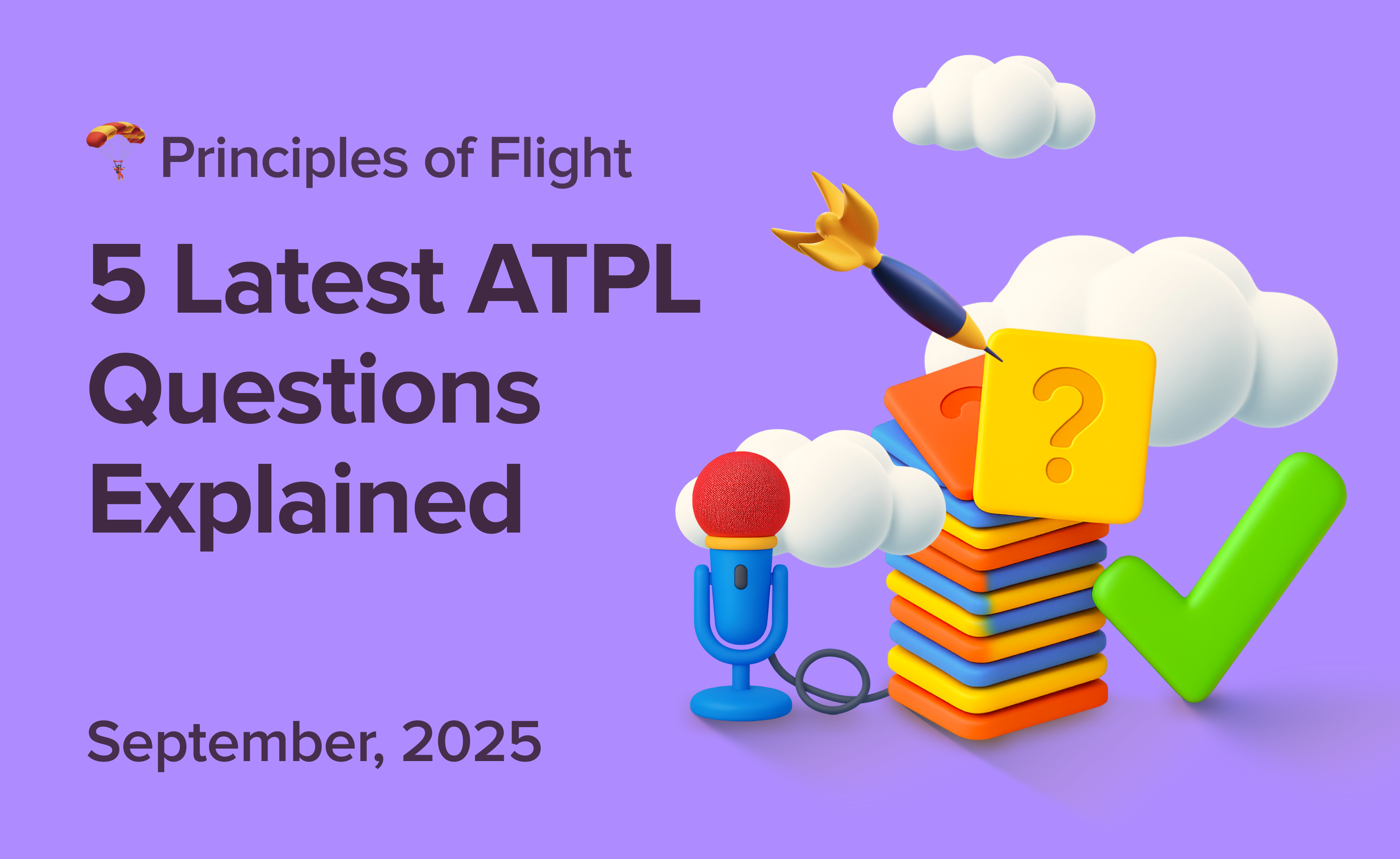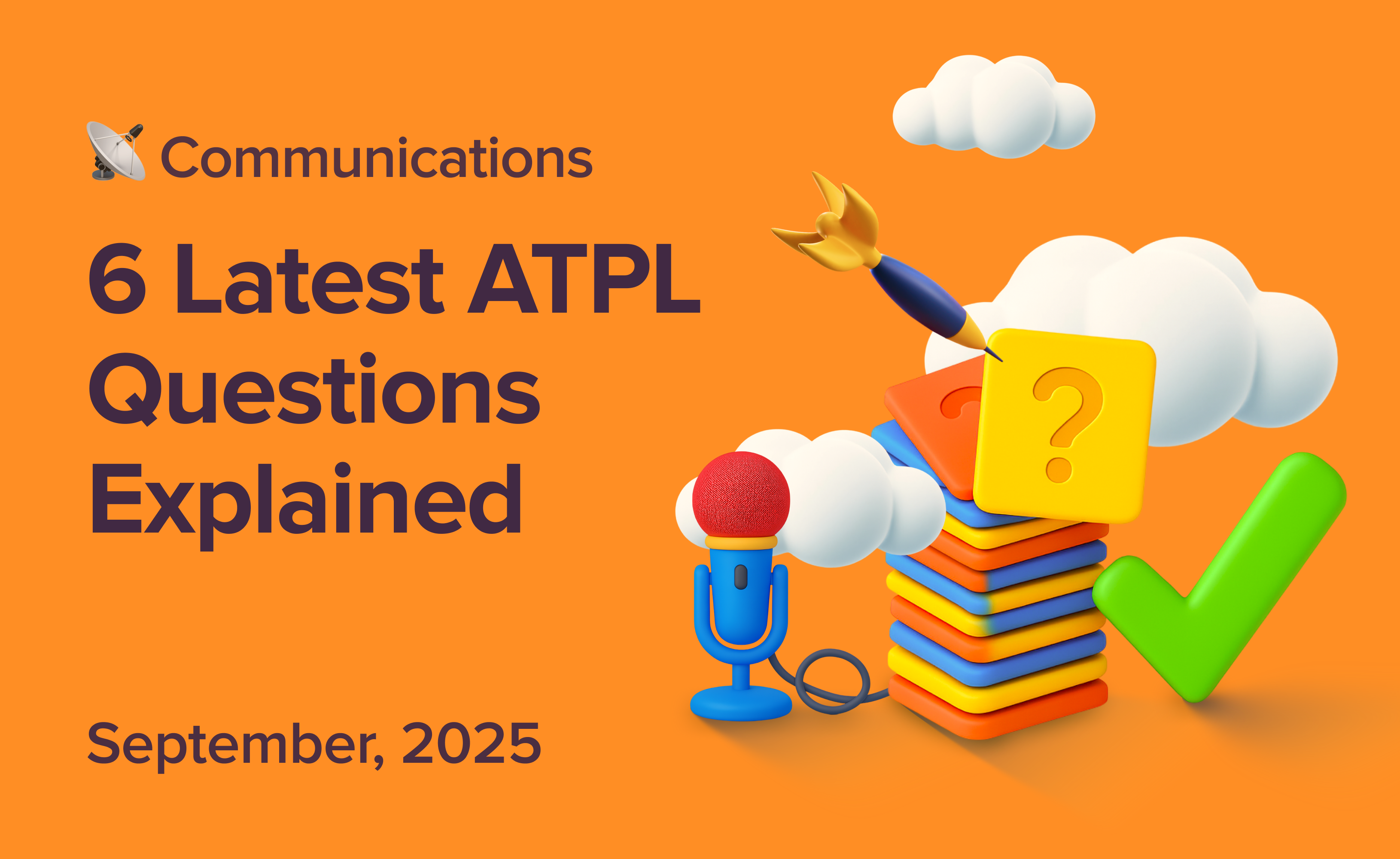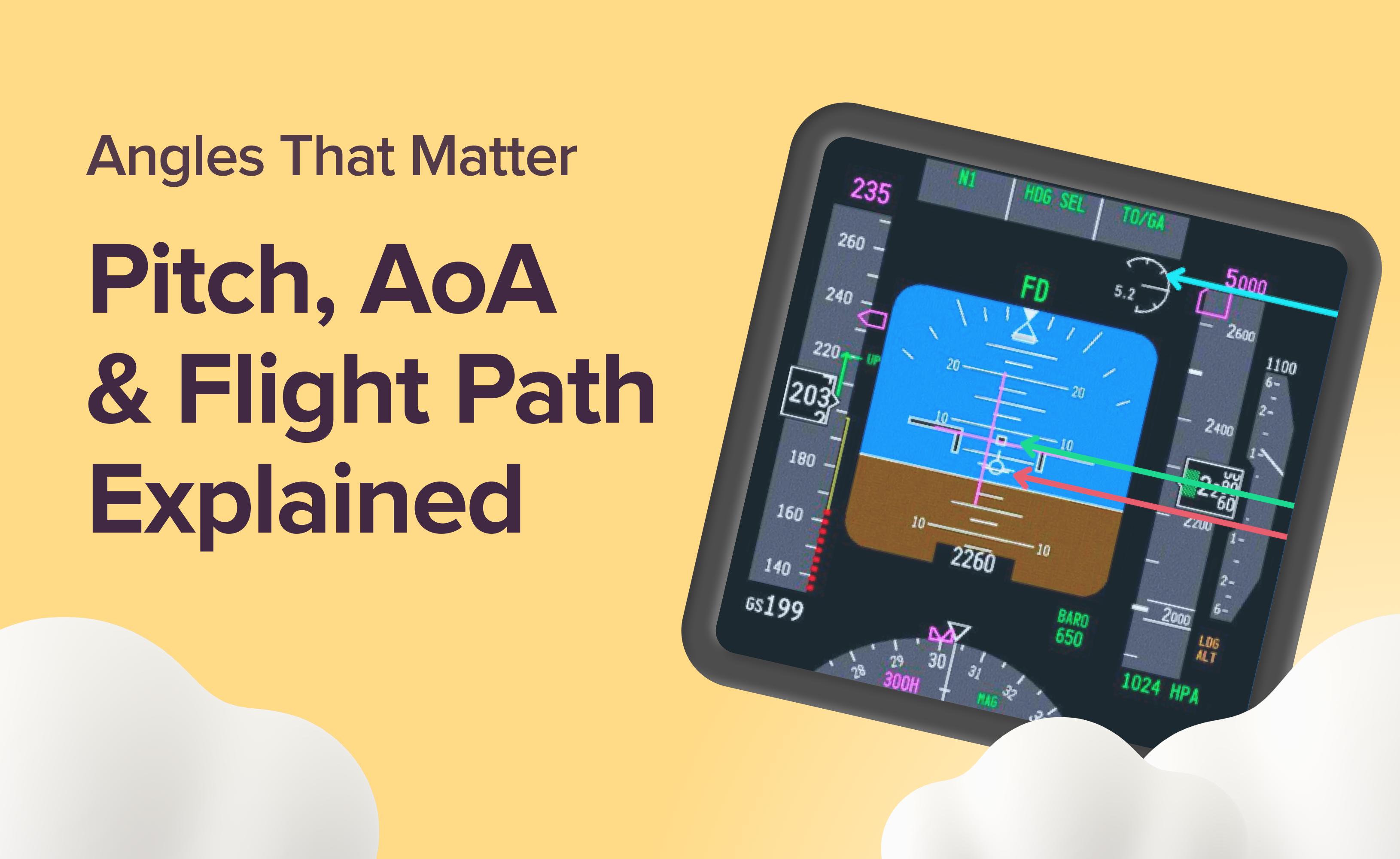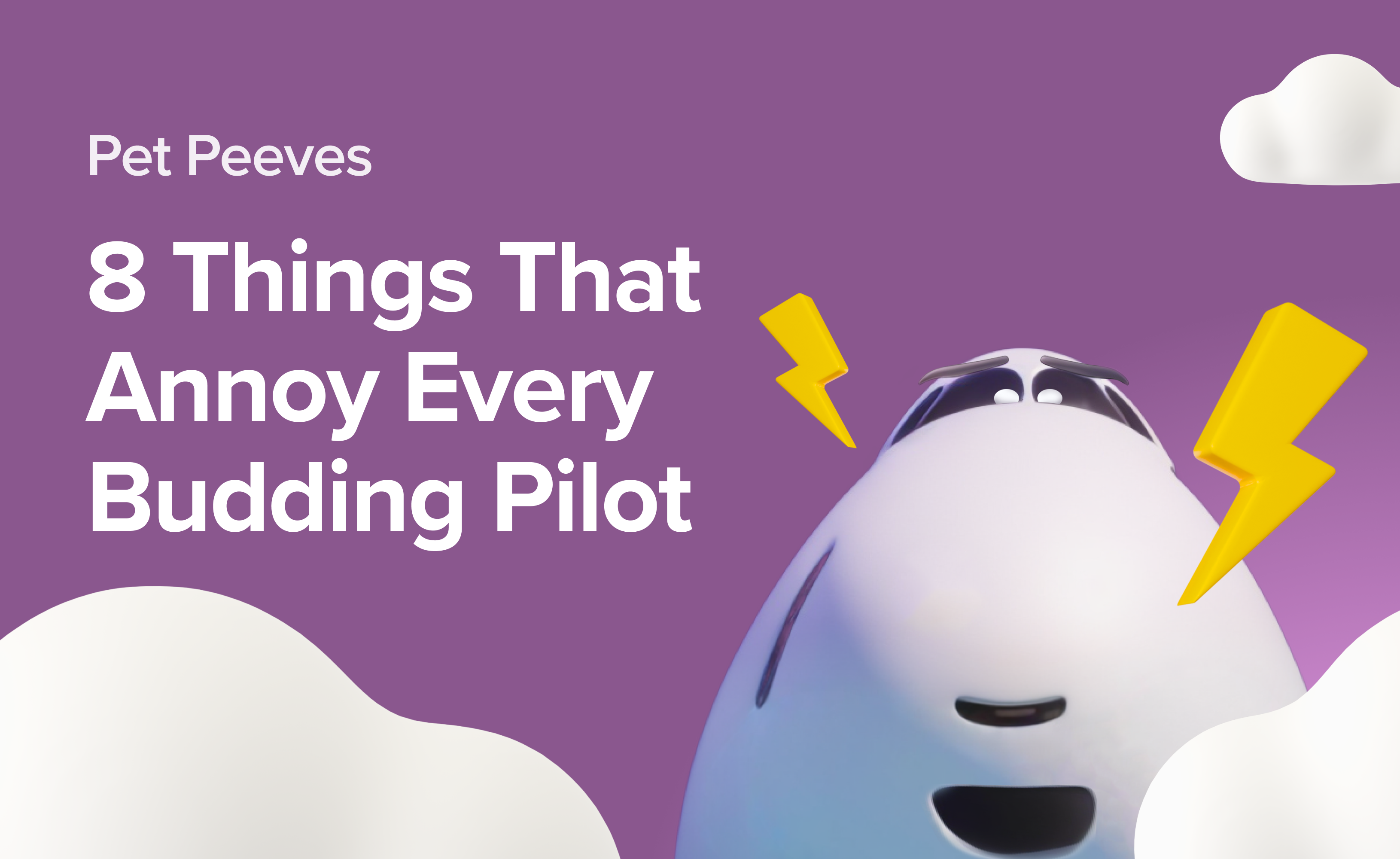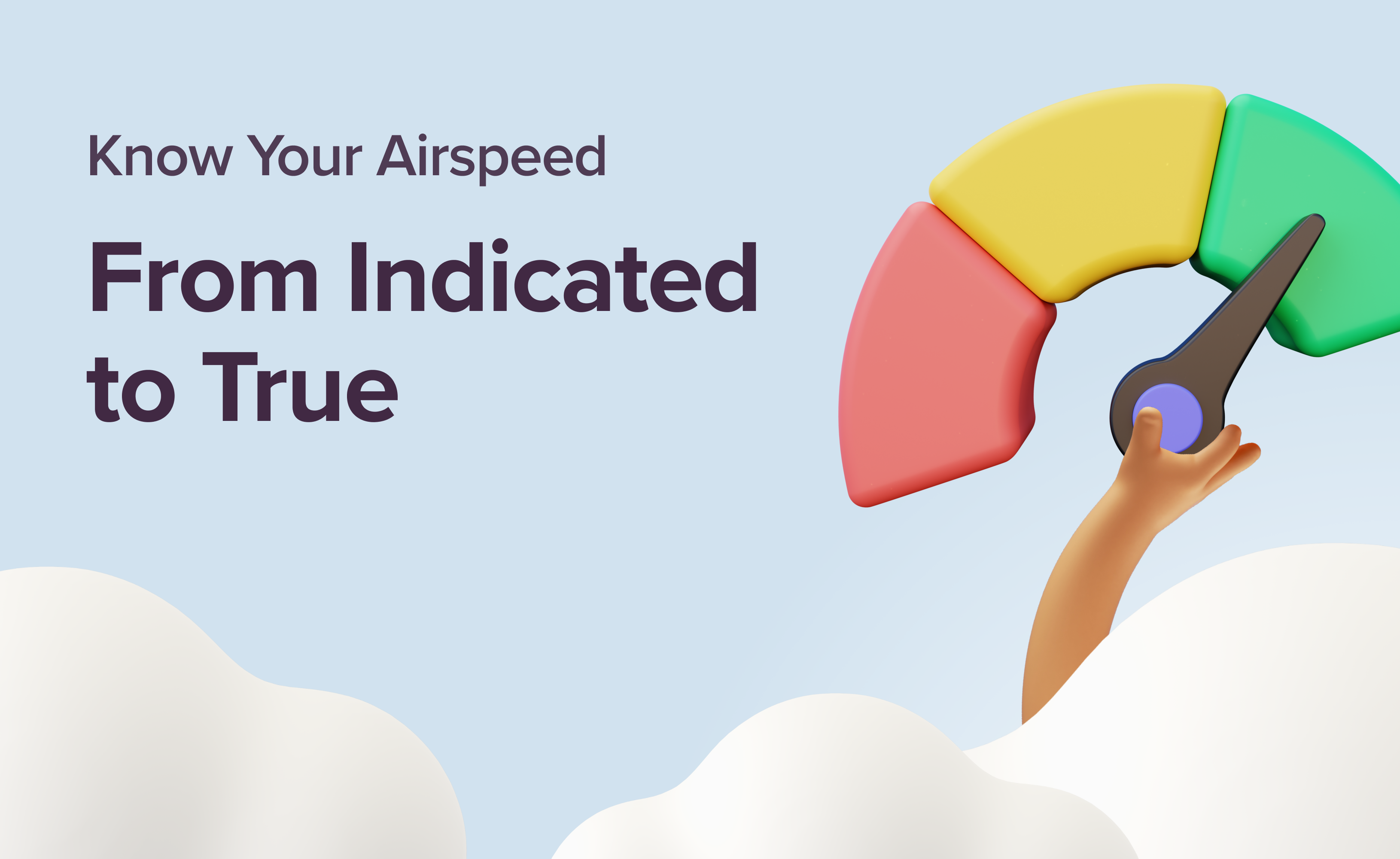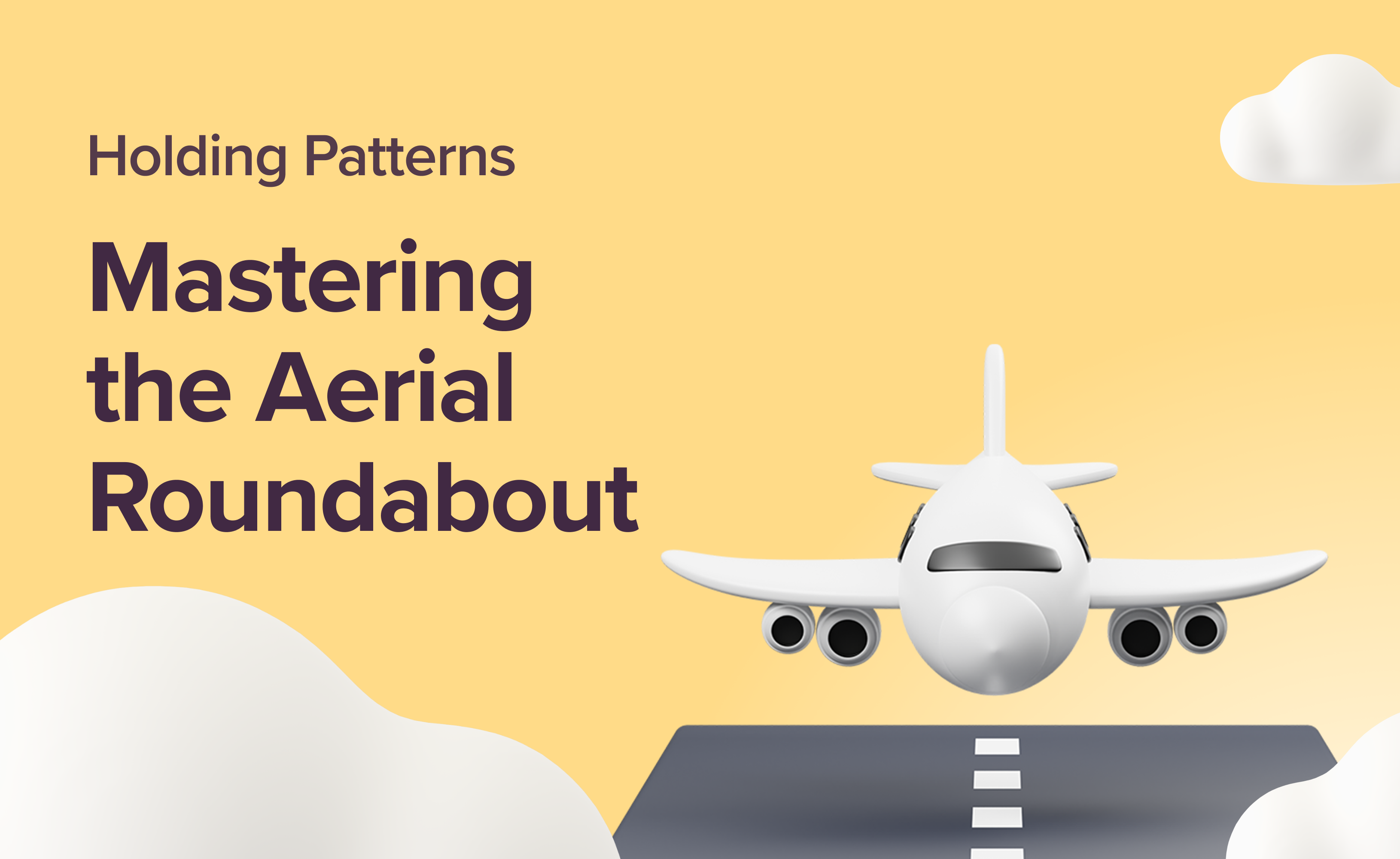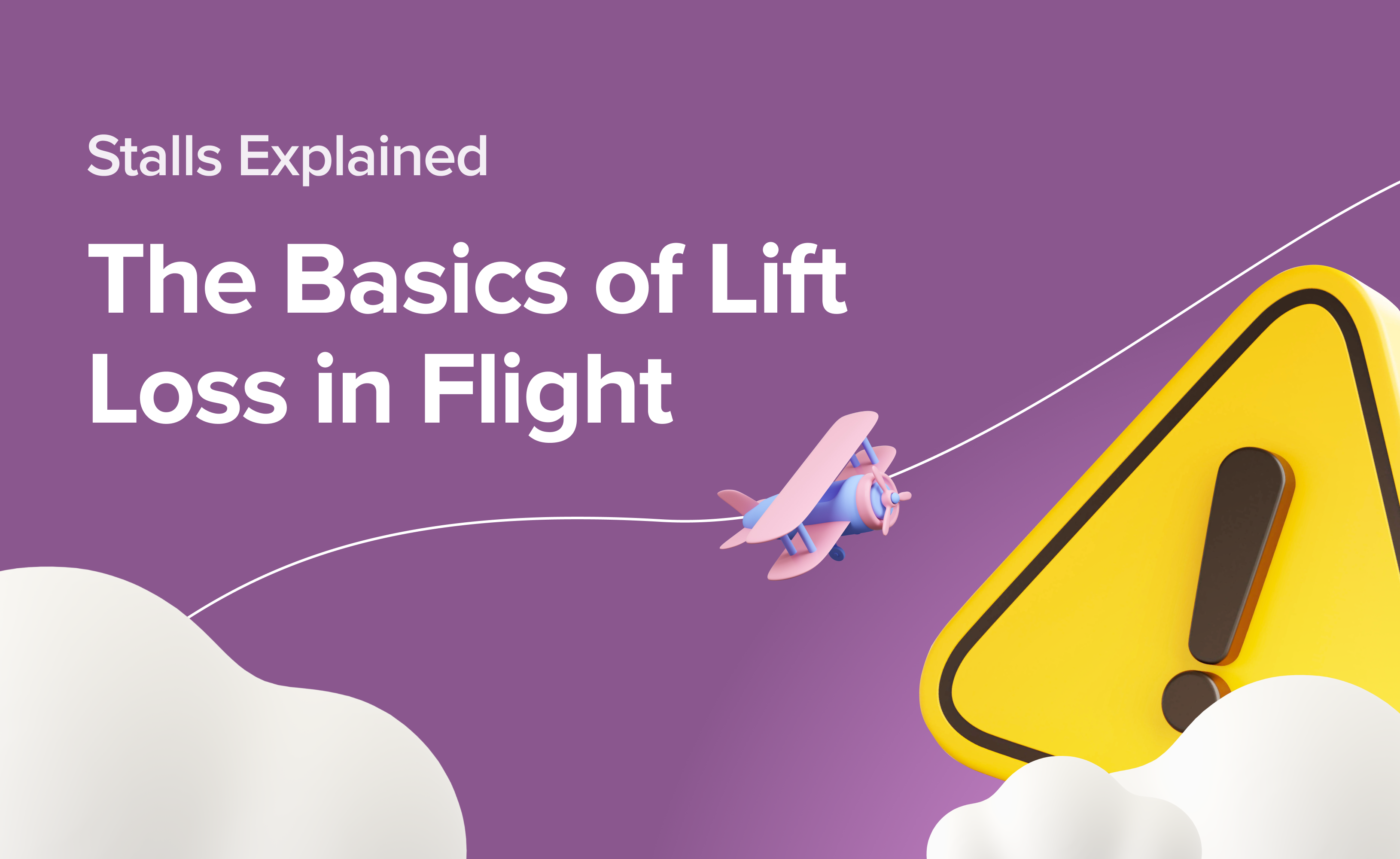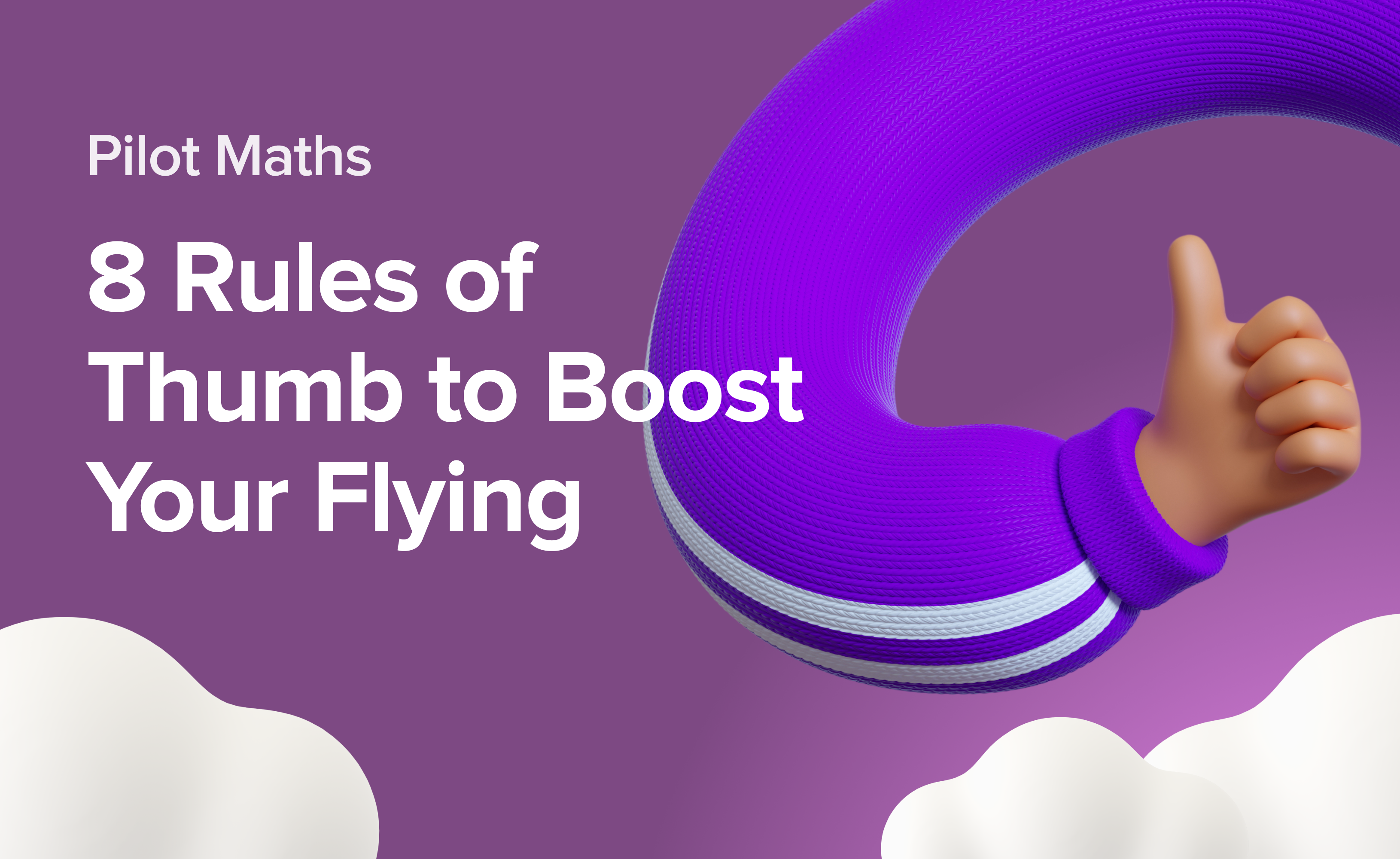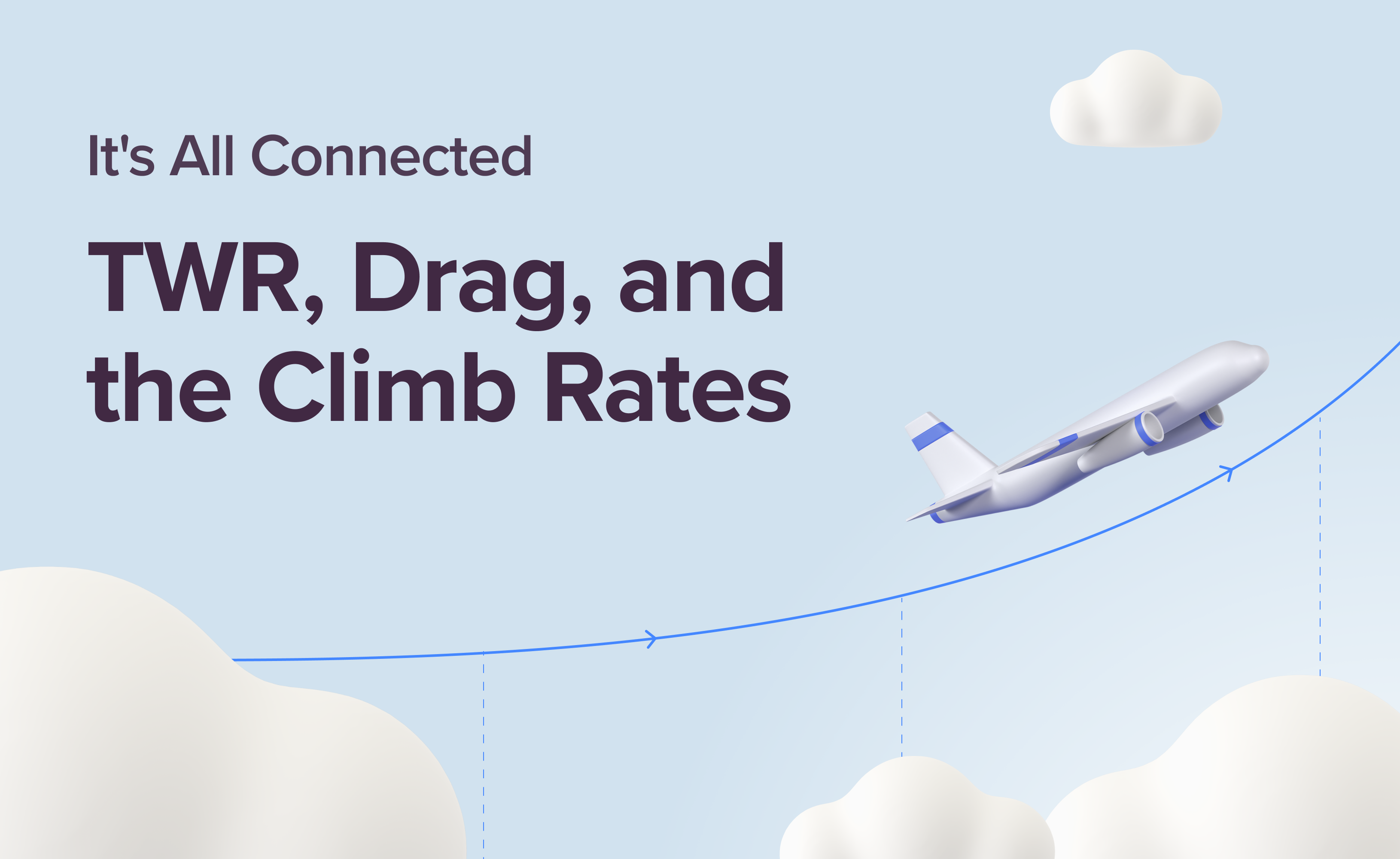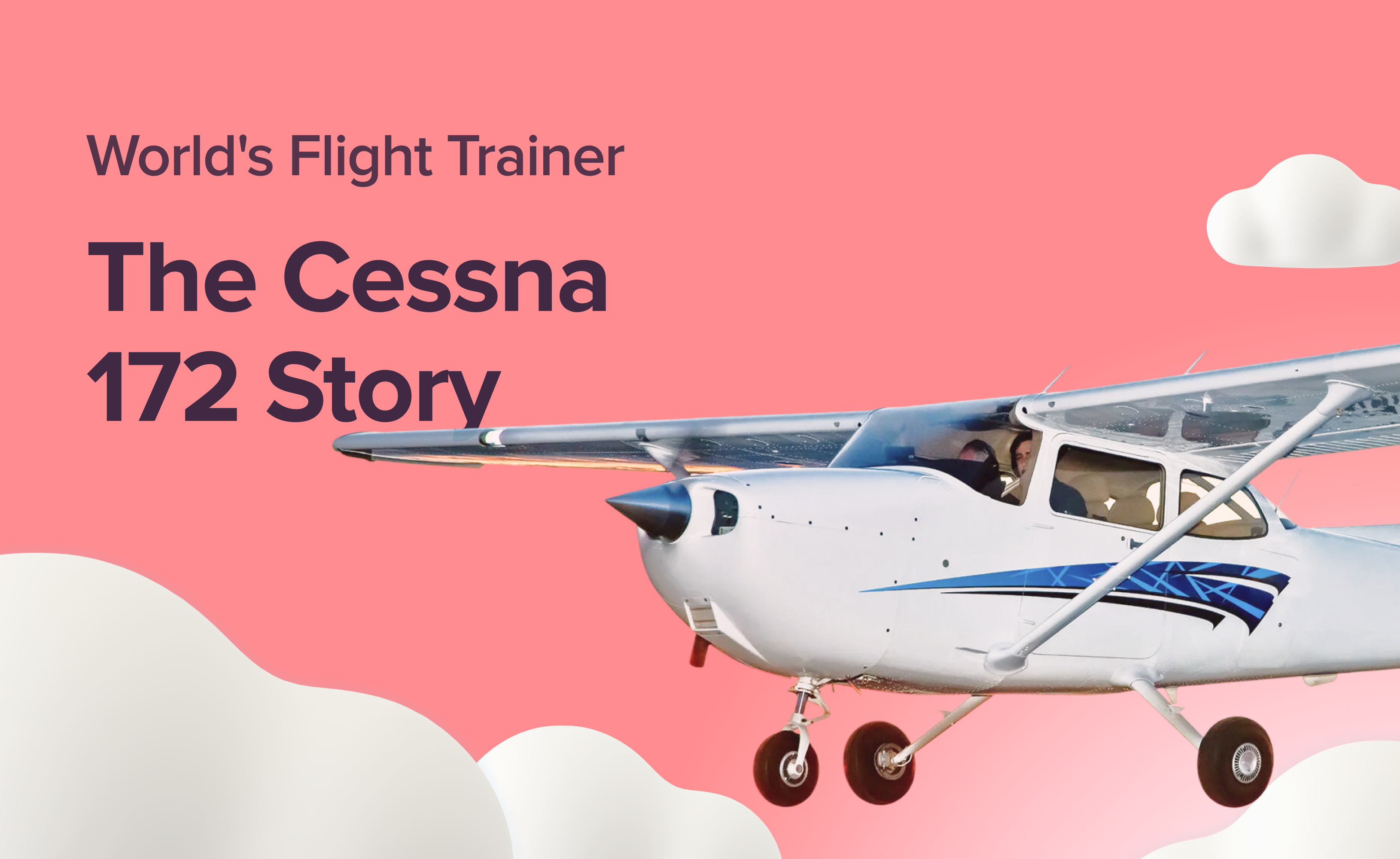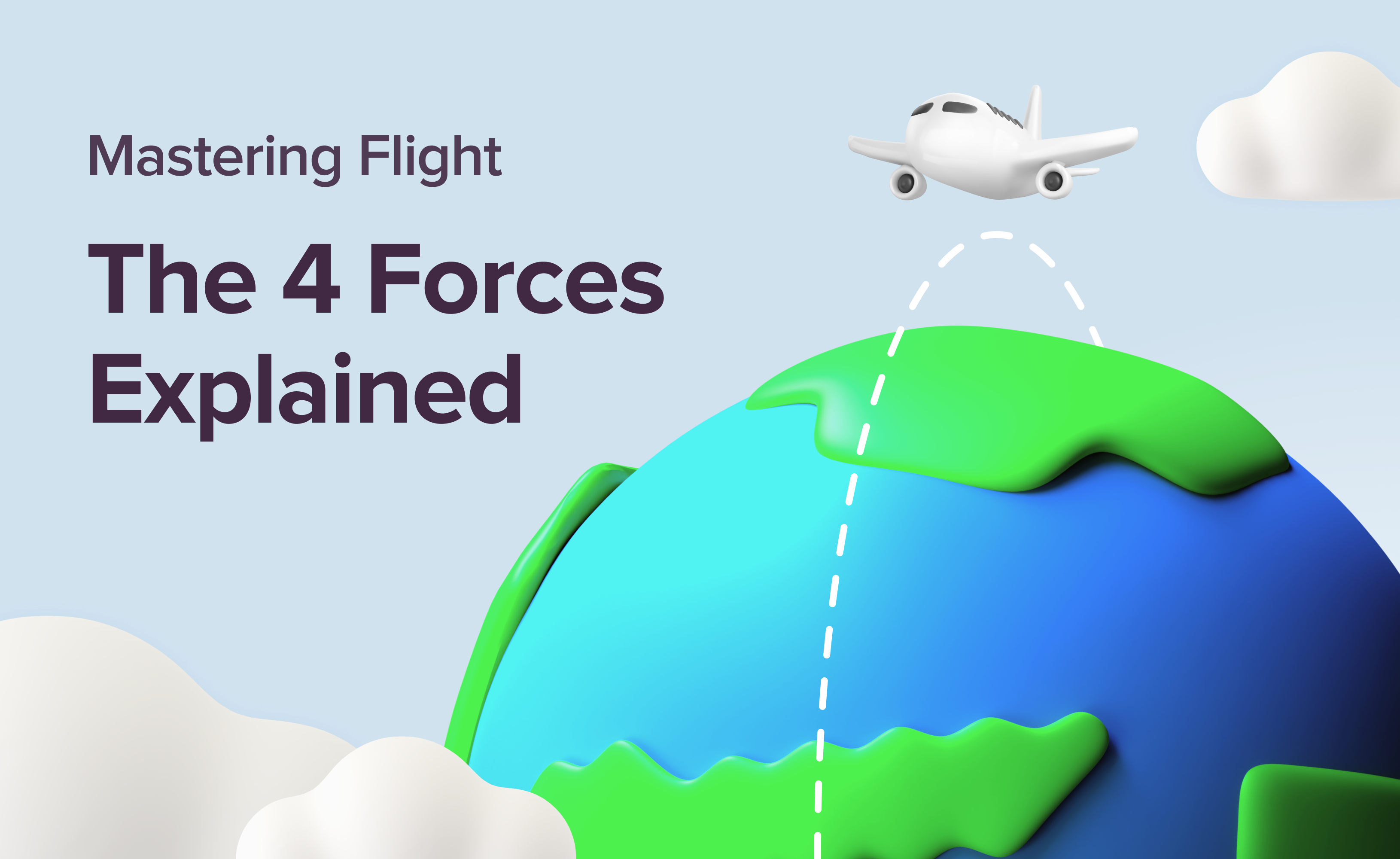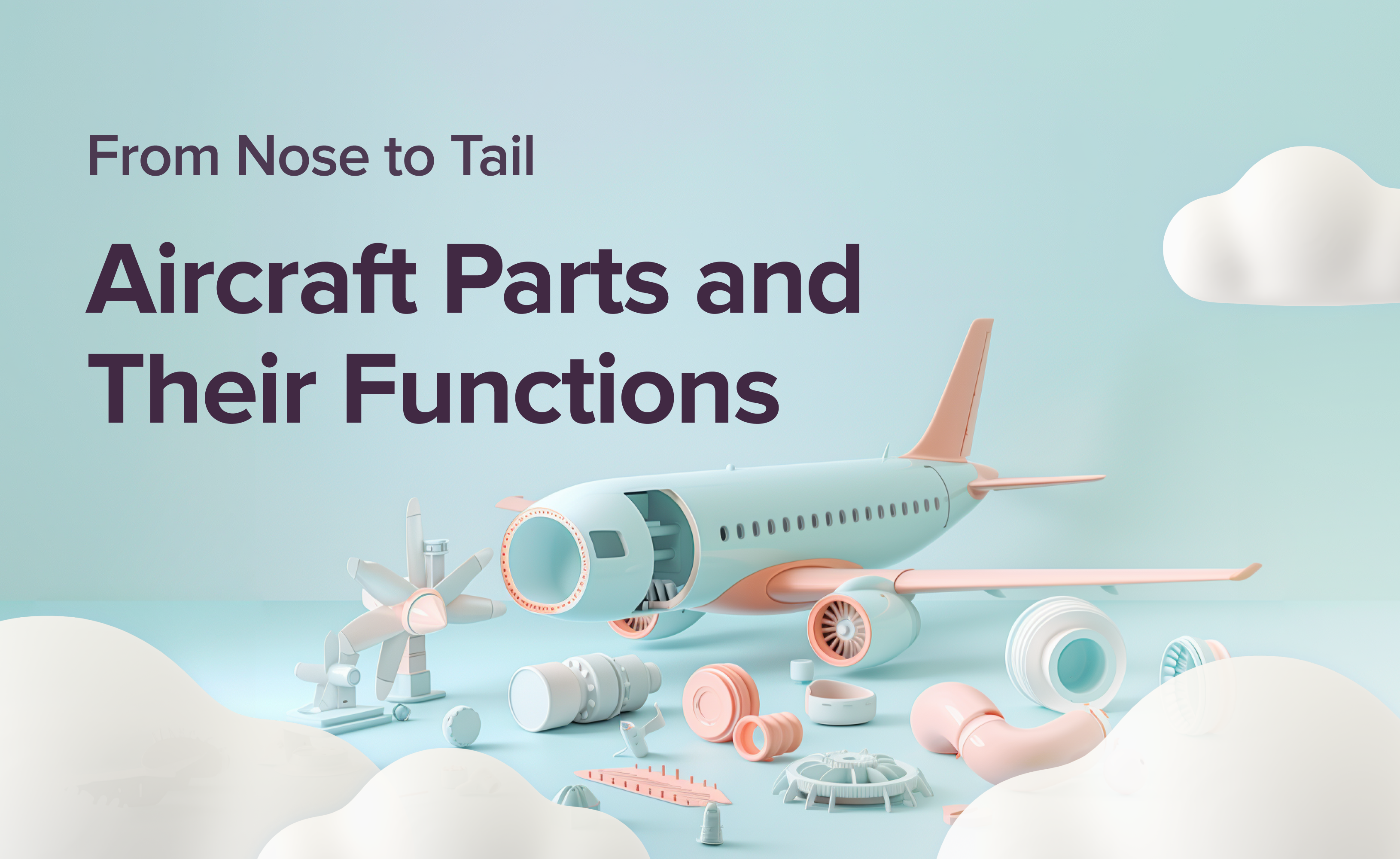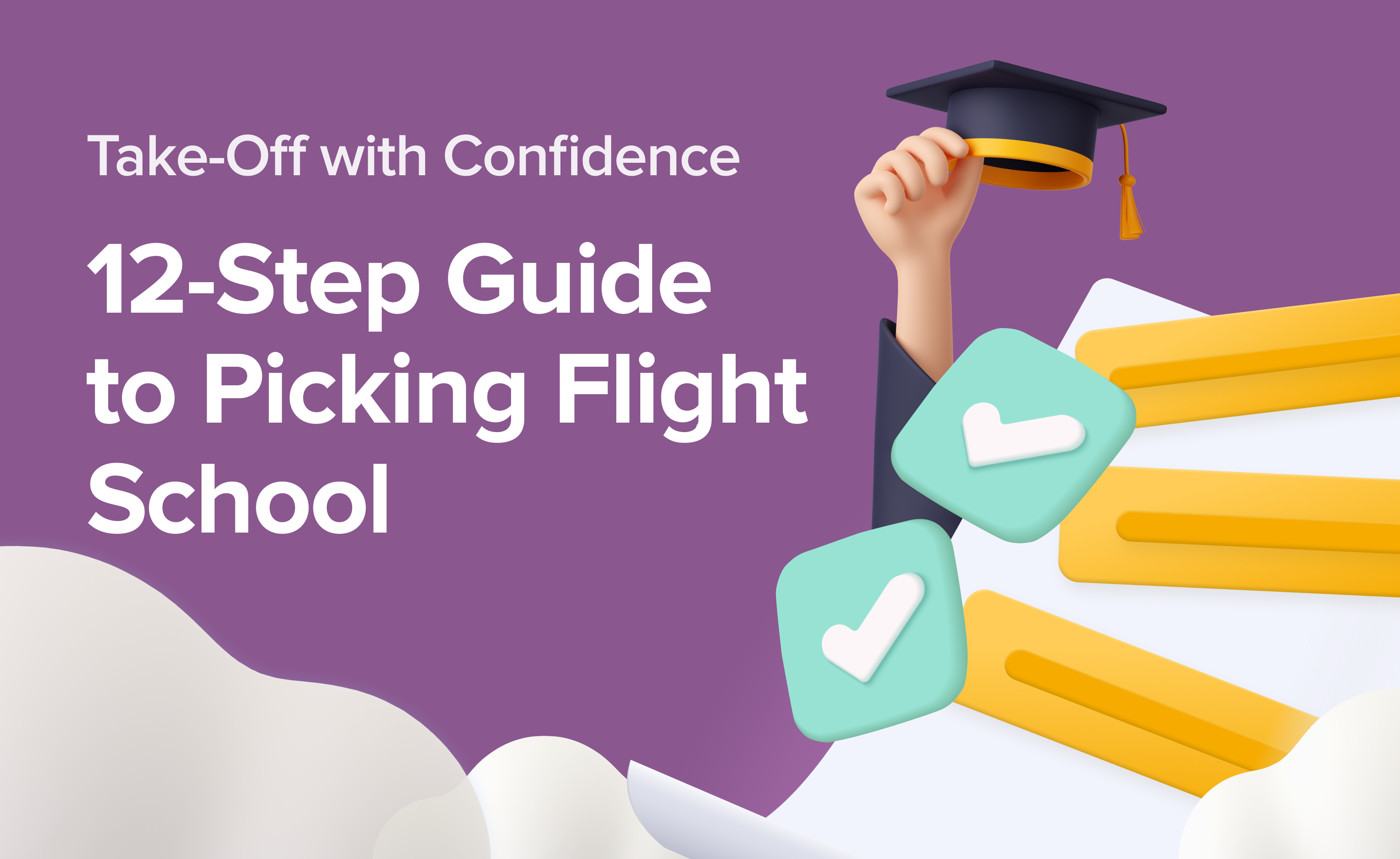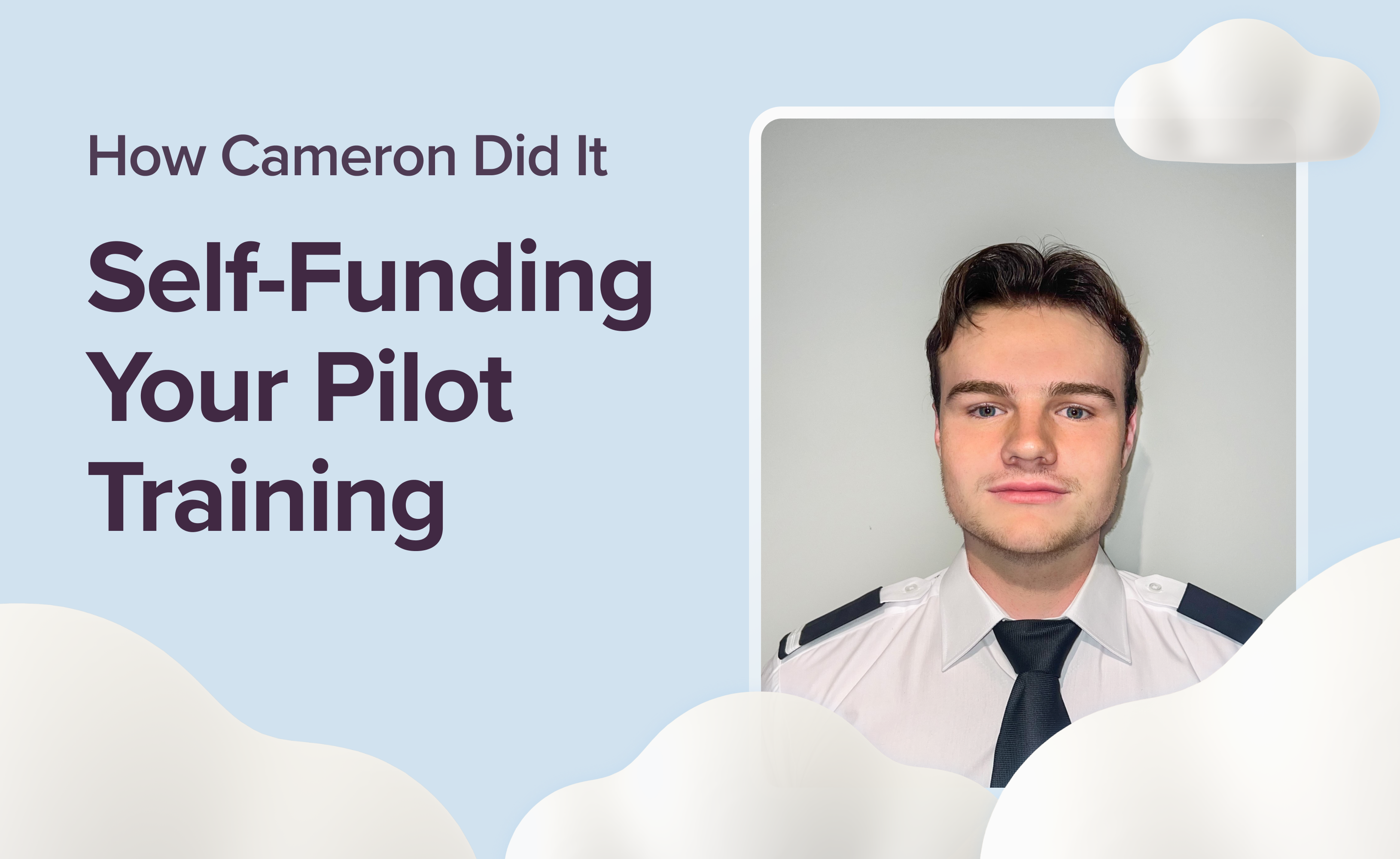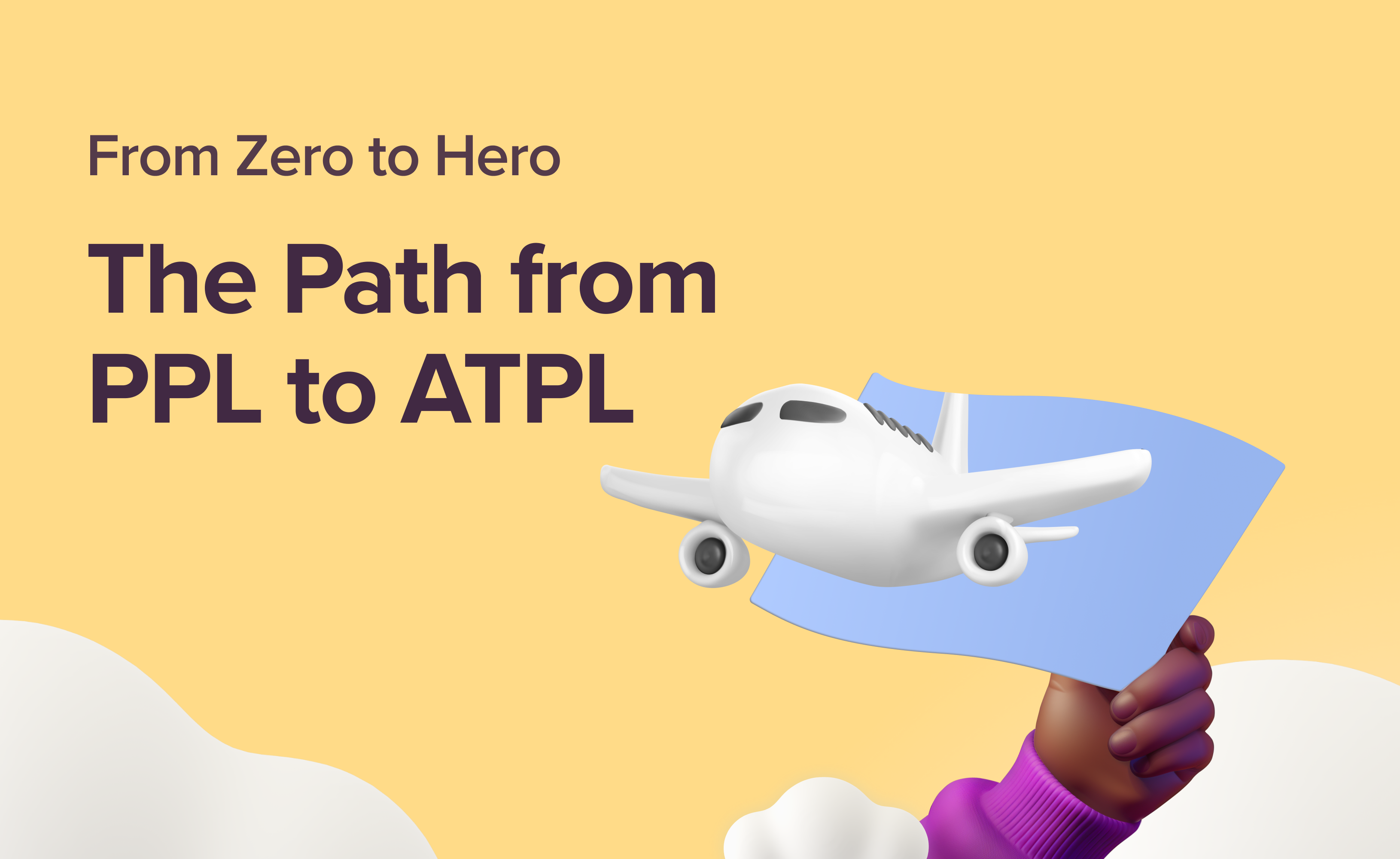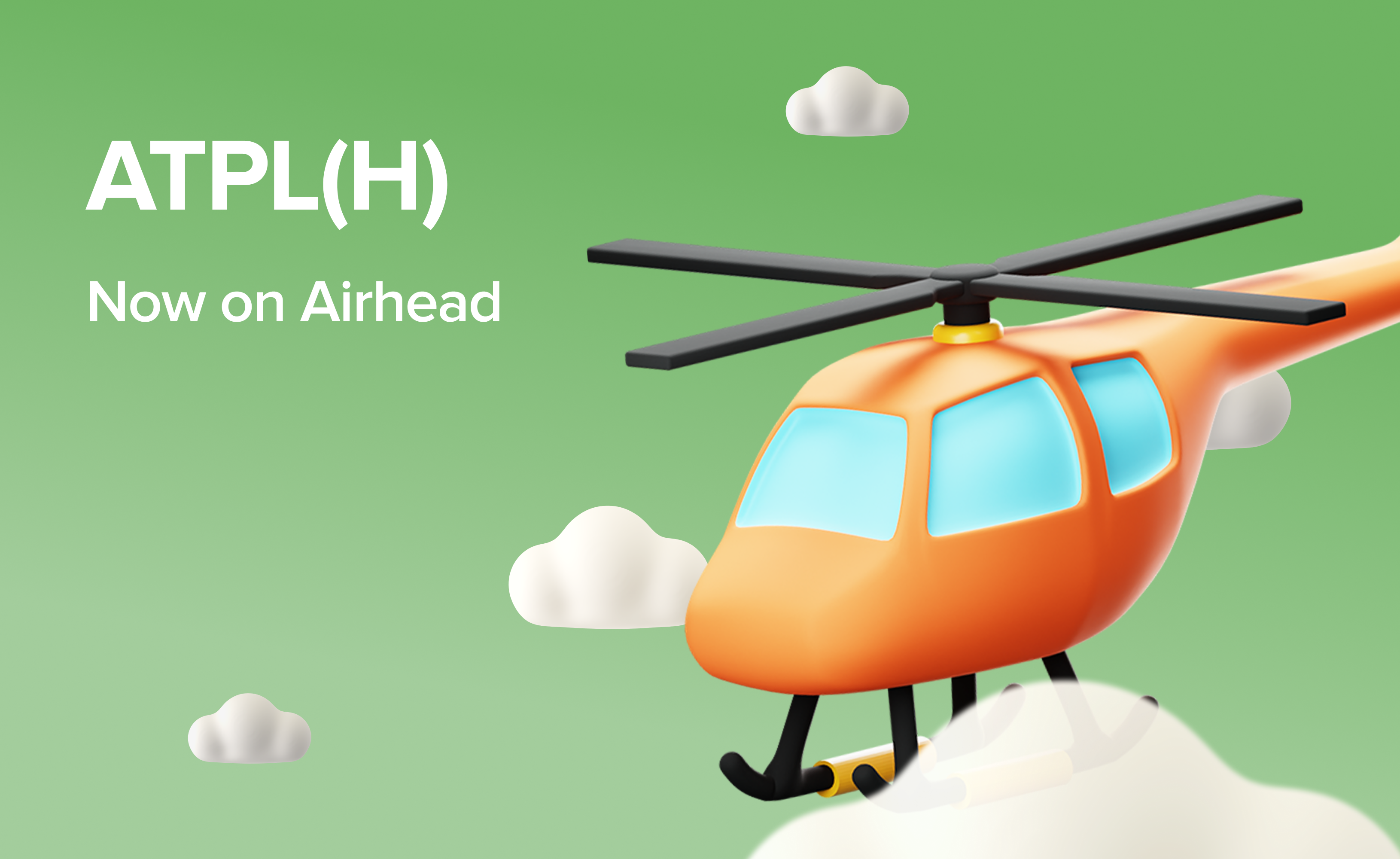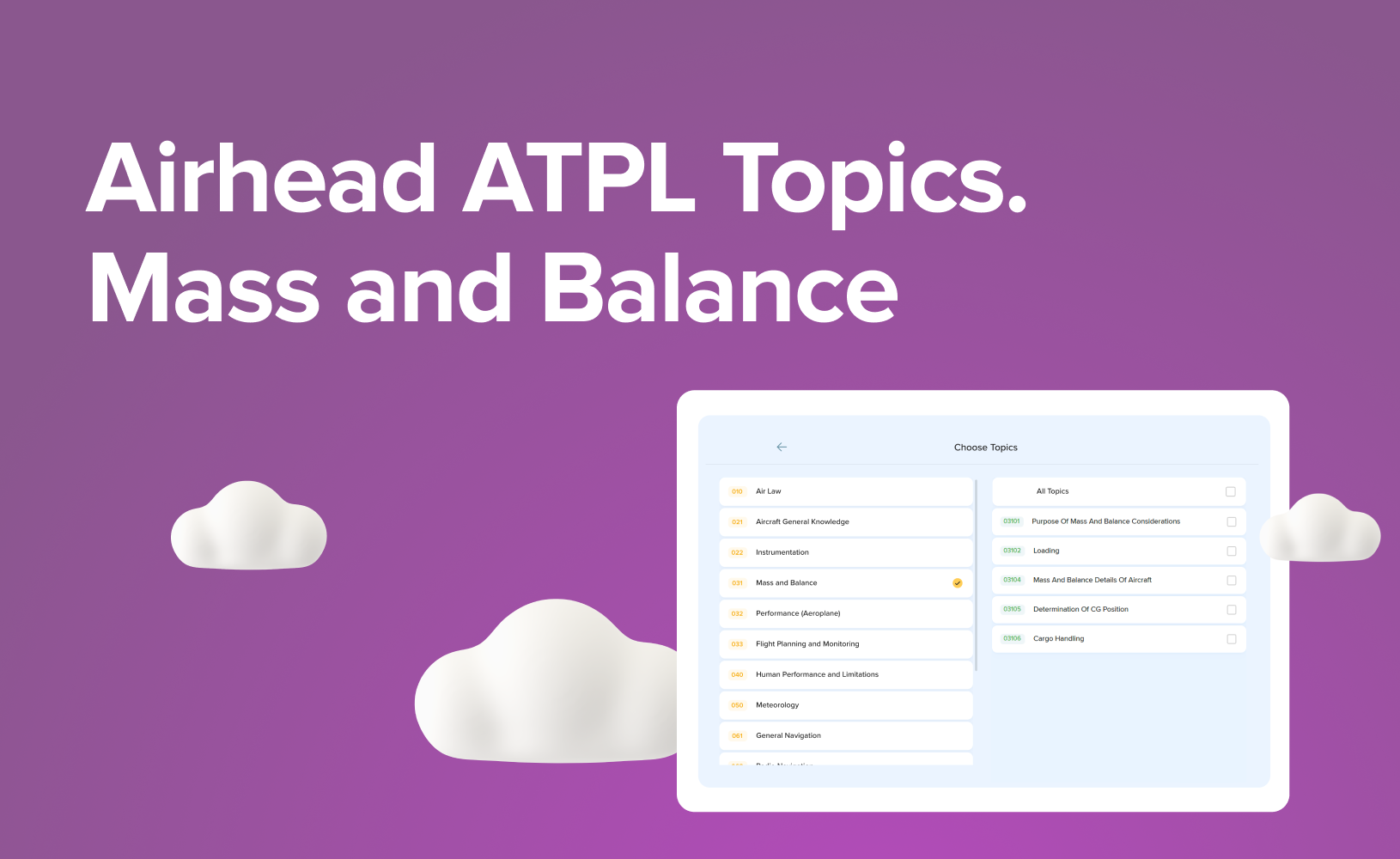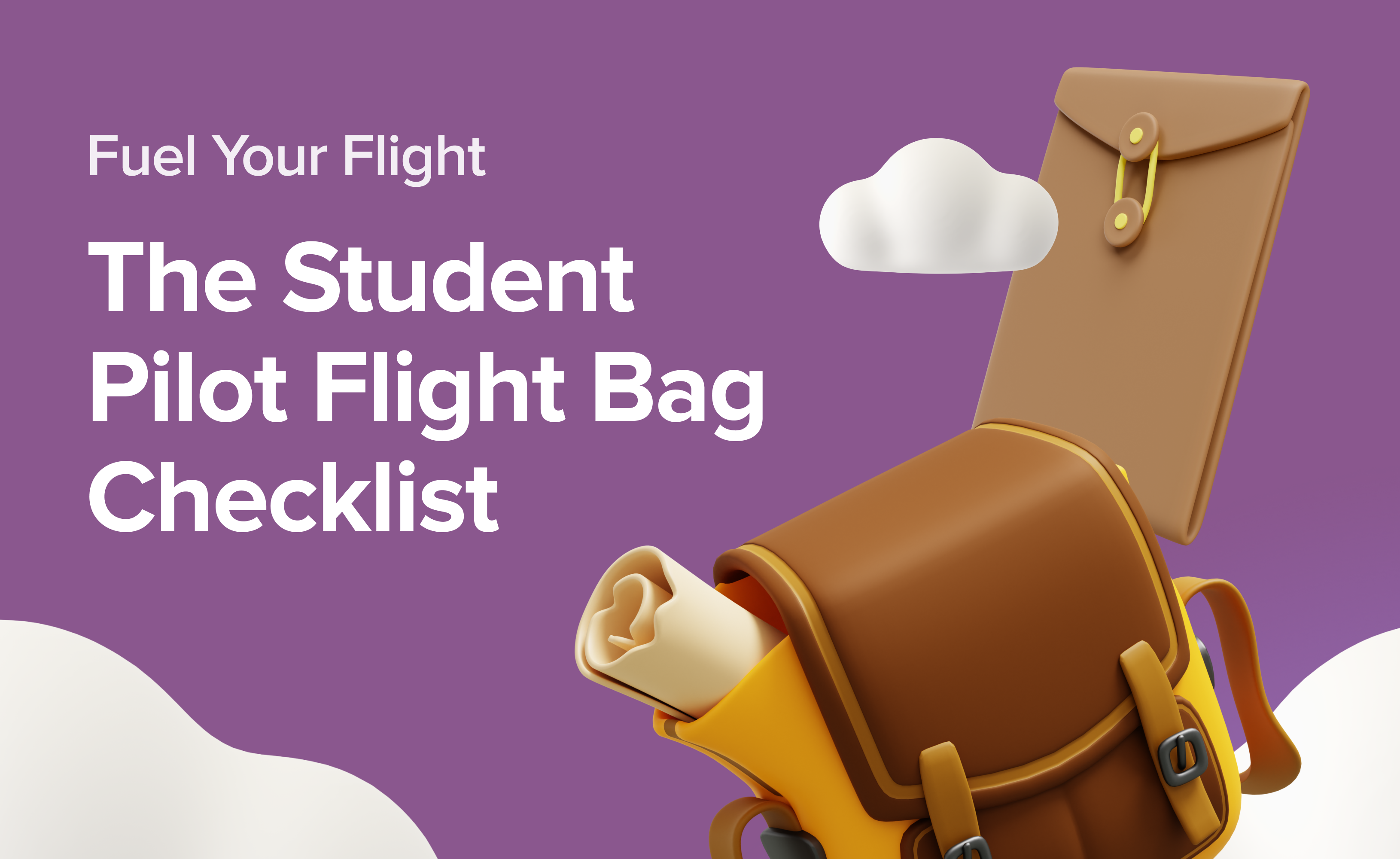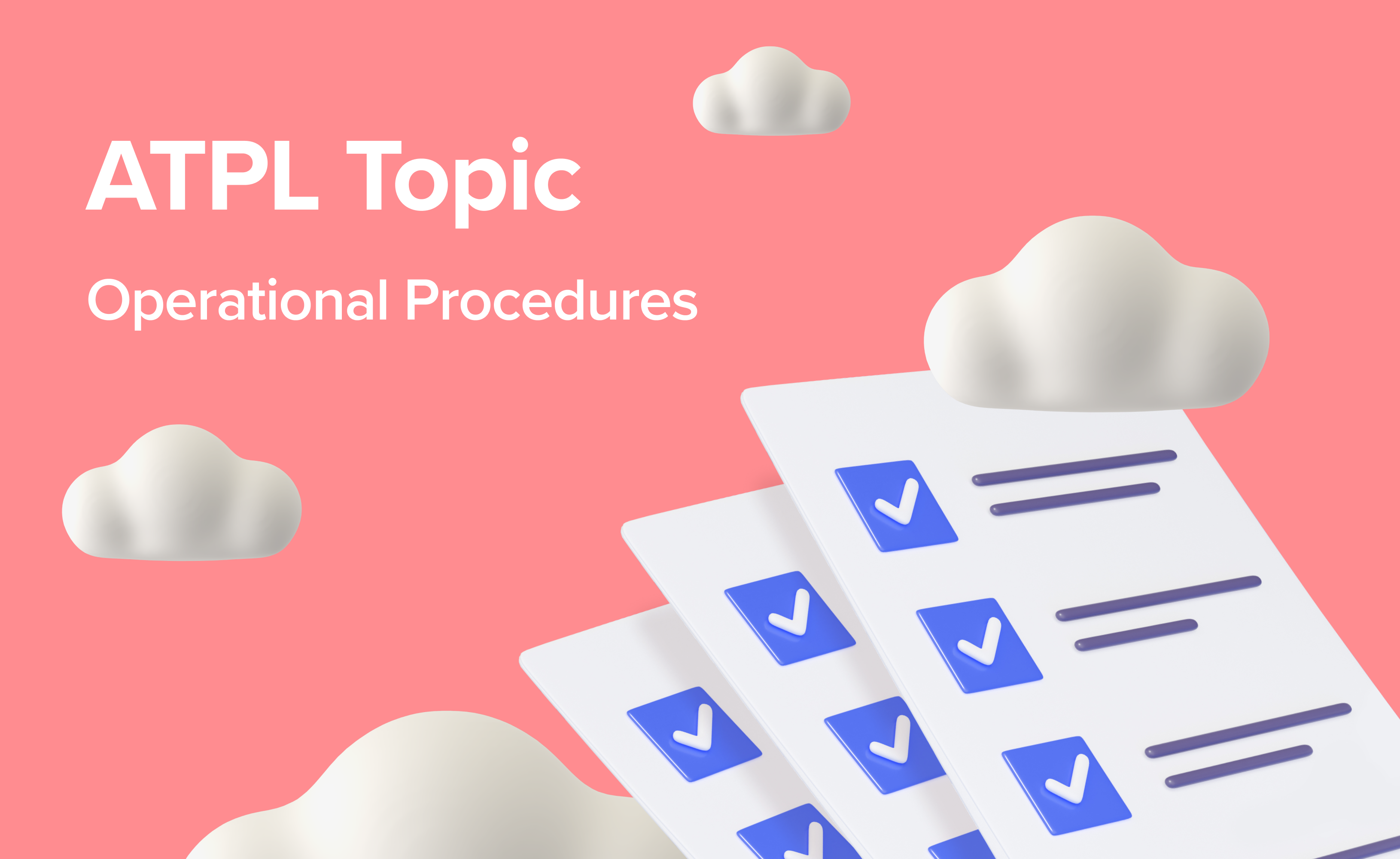Take-off Tunes: Your Soundtrack to Pilot Training
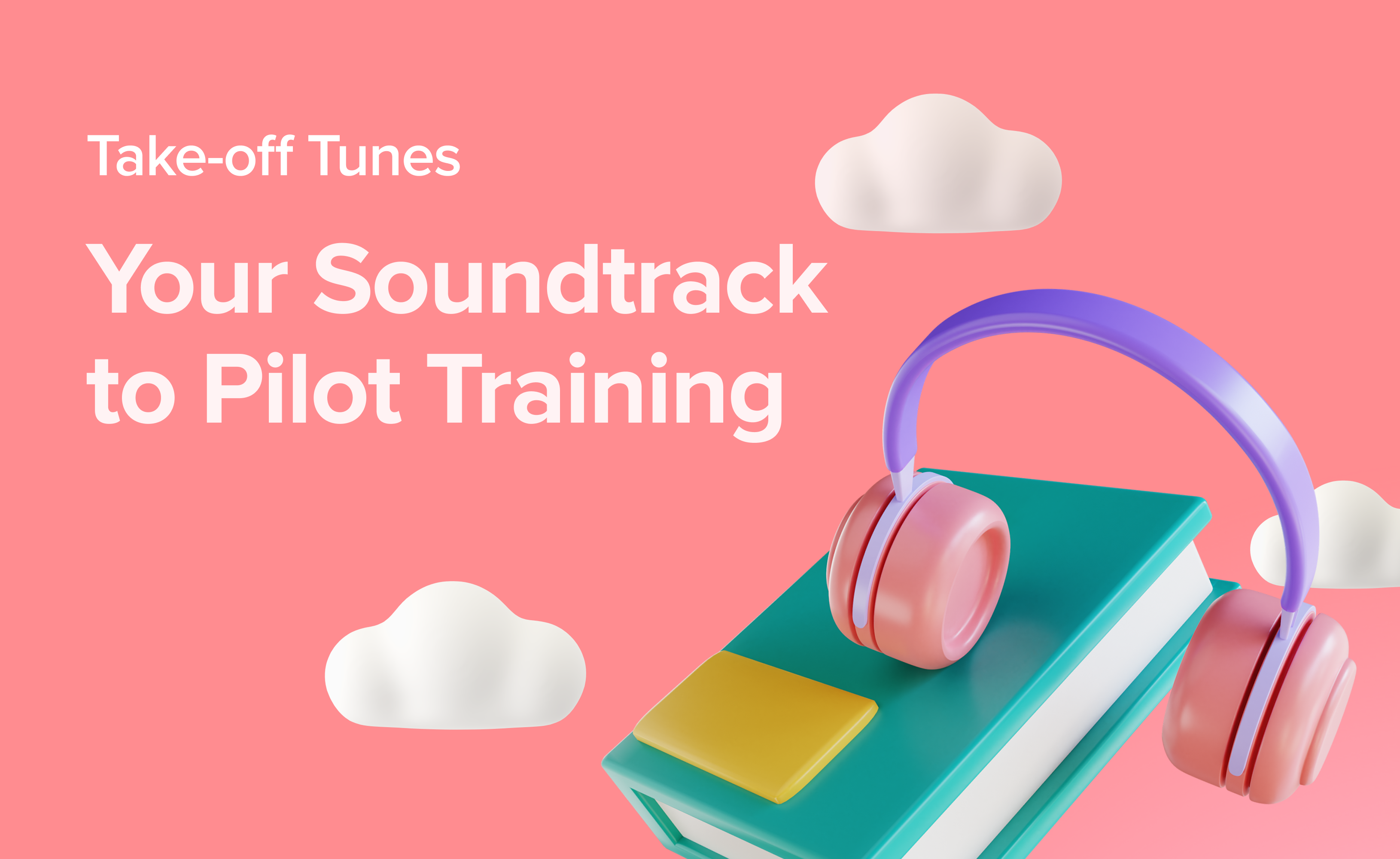
The dream of soaring above the clouds ignites a fire in many aspiring pilots, long before they ever touch a control stick. A melody becomes their companion, a whisper of the freedom and joy waiting for them in the vast expanse of the sky. Mastering those skies is an immensely rewarding journey, but it's not without its challenges. Textbooks pile up, pre-flight checks become routine, and those first (sometimes bumpy) landings demand focus. This is where music swoops in as your secret weapon, whether you're aiming for your ATPL, CPL, or PPL.
Let's expand on that soundtrack. This guide explores how music can become your constant companion throughout your training, helping you sharpen your focus, wash away the day's anxieties and find inspiration.
From the first captivating note to your final ascent, music will fuel your passion for flight, taking you from ground school to graduation and beyond.
The Science Behind the Soundtrack

For pilots, maintaining focus and concentration is paramount. Long hours of training, studying, and actual flying can be mentally taxing. Music, when chosen wisely, can enhance cognitive function and improve concentration. Here are some interesting scientific findings to consider, along with some practical applications for your pilot training:
The Mozart Effect
Research on the “Mozart Effect” is mixed. Some early studies suggested that listening to Mozart's music could temporarily improve spatial reasoning skills, which might help pilots visualise flight patterns and airspace. However, later studies have shown that this effect is short-lived and likely due to increased arousal and mood rather than a direct enhancement of cognitive abilities. The idea that listening to Mozart can make you smarter has largely been debunked, but music's ability to elevate mood and temporarily boost spatial skills remains interesting.
Binaural Beats
Neurological entrainment, particularly through binaural beats, is a fascinating way music can influence brainwave states. Here is how it works.
Binaural beats occur when two slightly different frequencies are played in each ear. The brain perceives a third frequency, which is the mathematical difference between the two. For example, if a 300 Hz tone is played in one ear and a 310 Hz tone in the other, the brain perceives a 10 Hz beat. This perceived beat can help sync brainwaves to specific frequencies associated with various mental states. This makes them ideal for studying complex aeronautical concepts or for flight preparation.
Types of Brainwaves and Their Effects
Delta Waves (0.5-4 Hz): Associated with deep sleep and regeneration. While not directly useful for active learning, they are crucial for rest and recovery
Theta Waves (4-8 Hz): Linked to light sleep, relaxation, and creativity. Theta waves can be useful for meditation and breaking through mental blocks
Alpha Waves (8-12 Hz): These are linked to relaxation and focus. Listening to music that promotes alpha waves can help pilots achieve a state of calm concentration, making it easier to absorb complex aeronautical concepts and maintain composure under stress
Beta Waves (12-30 Hz): Associated with active thinking and problem-solving. Beta waves are beneficial for situations requiring intense focus and high-level cognitive function
Gamma Waves (30-100 Hz): Linked to higher mental activity, including perception, problem-solving, and consciousness. Gamma waves can enhance cognitive functioning and are associated with peak mental performance
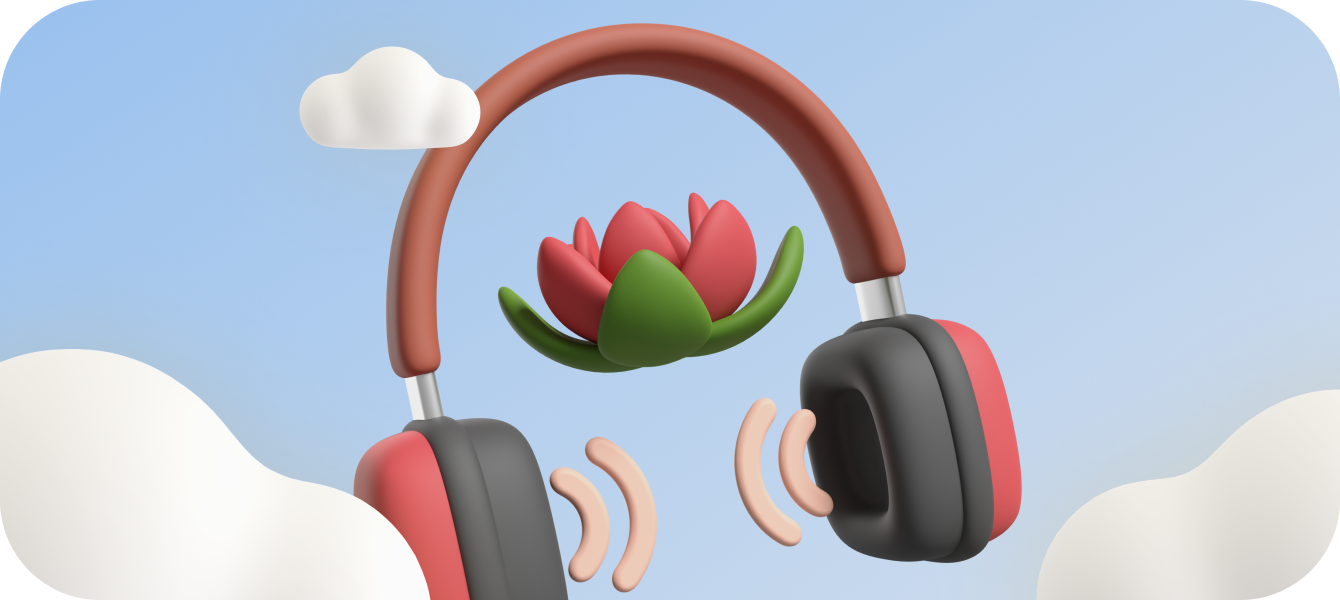
The Effect of Noise
Beyond classical melodies and upbeat tunes, several types of noise can be surprisingly helpful for student pilots: white noise, brown noise, and pink noise.
White Noise
White noise is a constant, uniform sound that masks background distractions like chatter or engine noise. It is a mix of all audible frequencies at equal intensity. White noise can improve focus and concentration, making it useful during study sessions or when trying to block out distractions
Brown Noise
Brown noise, which has a lower frequency, is often described as a more natural sound, like distant thunder or rainfall. It emphasises the lower frequencies, producing a deeper and more soothing sound compared to white noise. Brown noise can also improve focus and concentration, helping pilots maintain their mental sharpness during long periods of study
Pink Noise
Pink noise is another beneficial sound type, featuring a balanced mix of high and low frequencies, with a frequency spectrum that falls off at higher frequencies. This creates a more even distribution of sound energy, which is perceived as more soothing and natural compared to white noise. Pink noise has been shown to enhance memory and improve sleep quality
All three types of noise can help mask distracting sounds, creating an optimal environment for studying complex aeronautical concepts. The soothing qualities of brown and pink noise can help reduce stress and anxiety, crucial for maintaining mental well-being during rigorous training periods.
Benefits of Music-Based Learning for Student Pilots
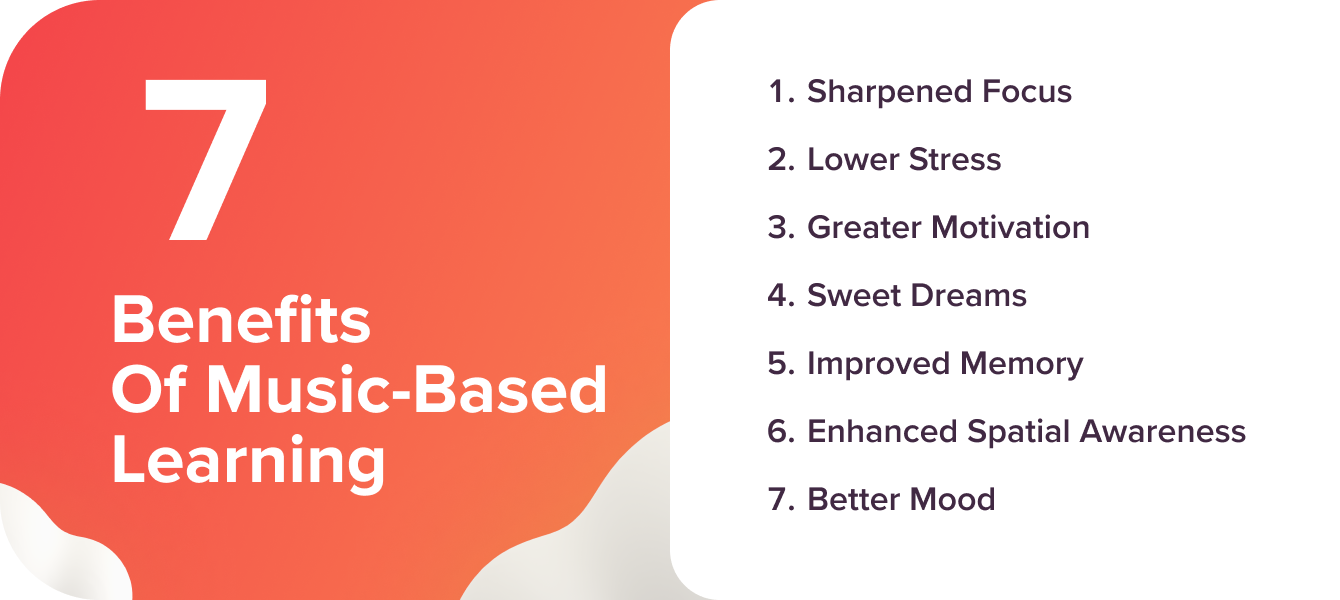
By carefully selecting tracks that align with your needs, you can create playlists that support you through training, preparation, and actual flights. Here's a deeper dive into the benefits of music-based learning:
Sharpened Focus and Concentration: Specific music can promote alpha brainwaves, creating a relaxed yet focused state ideal for studying complex aeronautical concepts or procedures. Upbeat, calming melodies keep you alert and engaged during long training sessions or simulator practice.
Stress Less, Soar More: Pre-flight jitters and mastering new skills can be anxiety-inducing. Calming music with slower tempos lowers cortisol (the stress hormone) and promotes relaxation. This is a lifesaver before important check rides or solo flights.
Motivation that Takes Flight: Uplifting music with a strong rhythm triggers dopamine release, a neurotransmitter associated with pleasure and reward. This dopamine boost enhances motivation during long training sessions and helps you push through challenging manoeuvres.
Sweet Dreams: Winding down after a long day of training can be tricky. Calming music before bed quiets your mind, promotes relaxation, and improves sleep quality. Getting a good night's rest is essential for optimal cognitive function throughout your pilot training.
Improved Memory: Studies suggest that music can improve memory and recall while studying or learning new information. This translates to easier memorisation of complex procedures and regulations.
Enhanced Spatial Awareness: Some research indicates that certain types of music, particularly those with a strong spatial component, can enhance spatial reasoning skills. This is beneficial for pilots who need to visualise flight patterns, airspace configurations, and instrument readings.
Mood Regulation for Take-off and Beyond: Music has a powerful effect on emotions. Upbeat music elevates mood and boosts confidence while calming music regulates anxiety and promotes emotional well-being.
Finding Your Focus Soundtrack
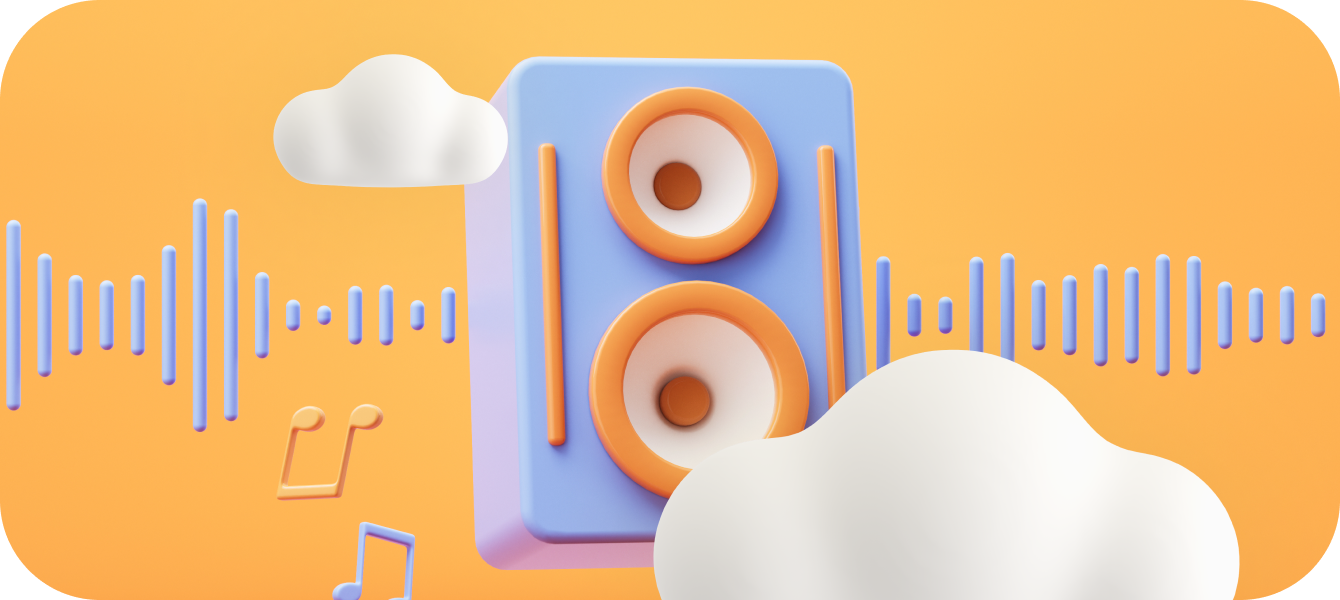
The beauty of music-based learning is its accessibility. You don't need any special equipment — just a device to play your favourite tracks. A simple search on YouTube or your preferred streaming platform will reveal a vast library of focus-oriented music, brainwave entrainment tracks, and white/brown noise generators.
Experiment and discover what works best for you, whether it's a calming piano sonata for studying, an uplifting orchestral piece for pre-flight preparation, or calming white noise to drown out distractions while reviewing checklists.
Classical Music
Classical music is renowned for its ability to enhance concentration and cognitive performance. Compositions by Johann Sebastian Bach, Wolfgang Amadeus Mozart, and Ludwig van Beethoven are particularly effective. Bach’s "Brandenburg Concertos" and Mozart’s "Eine kleine Nachtmusik" offer a balanced blend of calmness and alertness, making them ideal for studying aviation theory or during long flights when maintaining mental sharpness is crucial
Ambient and Instrumental Music
The ambient and instrumental music are also excellent for maintaining focus without being distracting. Artists like Brian Eno, known for his ambient masterpieces like "Music for Airports, create a serene background that can help pilots stay calm and focused. Instrumental tracks from bands like Explosions in the Sky and Godspeed You! Black Emperor provide an emotional and motivational backdrop without the distraction of lyrics
Chillout and Downtempo Music
Chillout and downtempo music are perfect for stress relief. Artists like Bonobo and Tycho create soothing soundscapes that help reduce anxiety. Bonobo’s "Black Sands" and Tycho’s "Dive" albums are excellent choices for unwinding after a long day of training or during a stressful flight segment
Jazz and Blues
Jazz and blues music can also be incredibly soothing. The improvisational nature of jazz can be both relaxing and mentally stimulating. Miles Davis’s "Kind of Blue" and John Coltrane’s **"A Love Supreme" are timeless classics that can help pilots unwind and clear their minds. Blues music, with its soulful melodies, offers a sense of comfort and grounding. B.B. King’s "Lucille" and Etta James’s "At Last!" are great examples
Rock and Alternative Music
Rock and alternative music are great for boosting energy and motivation. Bands like Foo Fighters and U2 have songs that are both powerful and inspiring. Foo Fighters’ "Learn to Fly" and U2’s "Beautiful Day" are perfect tracks to lift spirits and provide motivation. These songs can serve as anthems for aspiring pilots, symbolising the journey towards achieving their dreams
Electronic Dance Music (EDM)
Electronic Dance Music (EDM) is another genre that can inspire and energize pilots. The high energy and uplifting beats can keep spirits high during long study sessions or flights. Artists like Avicii, whose hit "Levels" became an anthem, and Calvin Harris, with tracks like "Feel So Close", provide the perfect motivational soundtrack. EDM DJ sets, often inspired by aviation themes, offer continuous mixes that maintain energy levels
To create a soundtrack for pilot training that suits your needs, consider the following steps:
1. Identify Your Goals: Determine whether you need music for focus, stress relief, or motivation.
2. Choose the Genres: Select genres that match your goals, such as classical for focus, chillout for stress relief, and EDM for motivation.
3. Mix It Up: Include a variety of artists and genres to keep the playlist engaging and effective.
4. Update Regularly: Refresh your playlist with new tracks to keep it interesting and aligned with your current needs.
Songs About Taking Flight

Aviation has long been a source of inspiration for musicians and DJs. Many have created tracks and sets that evoke the feeling of flight and adventure.
We hope this list provides a good variety of songs that capture the spirit of flight!
Space Oddity – David Bowie: “Ground control to Major Tom…” These iconic opening lines remain a pop culture staple. Listening to the song today, the lift-off into the chorus still feels special and impactful
Come Fly With Me — Frank Sinatra: A classic ode to the romanticism and adventure of air travel. Although Sinatra recorded several flight-themed songs, this one stands out, enhanced by the iconic cover painting inviting listeners aboard
Rocket Man – Elton John (I Think It’s Going to Be a Long, Long Time): Inspired by a Ray Bradbury short story about an astronaut travelling to Mars. It is one of Elton John’s most famous songs
Learning to Fly – Pink Floyd: This iconic song uses soaring flight as a metaphor for overcoming self-doubt and achieving your dreams. The song's message resonates deeply with aspiring pilots who are pushing their boundaries and learning to trust their abilities
Learn to Fly — Foo Fighters: An uplifting anthem about pursuing your dreams and embracing flight. The author initially aspired to become a pilot but ultimately abandoned the idea due to the extensive maths involved in pilot training
Fly Away — Lenny Kravitz: This rock-soul anthem became a surprise flight staple, making "Yeah, yeah, yeah..." a plane must-sing
Aeroplane — Red Hot Chili Peppers: This Dave Navarro track uses music as a metaphor for flight, blending catchy choruses with funky grooves that evoke the feeling of taking off and leaving worries behind
Free Bird – Lynyrd Skynyrd: It is a staple at rock concerts, often requested by fans. It features one of the most memorable guitar solos in Southern rock history, making it a timeless classic
Leaving on a Jet Plane — Peter, Paul & Mary: A bittersweet song (written by John Denver) is about leaving loved ones behind for a journey. Peter, Paul & Mary's 1967 hit finds new wings each year
Up, Up and Away — Fifth Dimension: A cheerful and optimistic song about taking flight and reaching new heights
Skyfall — Adele: This powerful song from the James Bond film captures the feeling of soaring through the sky with a sense of purpose
A Sky Full of Stars — Coldplay: A beautiful and introspective song about looking to the stars for inspiration and hope
Wings — Macklemore & Ryan Lewis: An uplifting song about overcoming obstacles and finding your wings
Carry On Wayward Son — Kansas: A classic rock song with a rebellious spirit, using flight metaphors to represent breaking free
Fly to New York — Above & Beyond: This song evokes the feeling of adventure and exploration associated with flying
Take Me Home, Country Roads — John Denver: A nostalgic song about longing for home, using references to aeroplanes and mountains
Oxygène — Jean-Michel Jarre: A pioneer of electronic music created this album being inspired by aviation. Tracks like **"Oxygène Part 4"** offer a sense of floating and exploration, perfect for flights
Airport Shivers — Armin van Buuren: A renowned trance DJ has often incorporated aviation themes into his sets. This track is a testament to his love for flying
Flight of the Valkyries — Richard Wagner: This iconic classical piece, often used in movies, captures the power and awe of flight
Aces High – Iron Maiden: This anthem throws you into the heart of a dogfight, capturing the adrenaline rush and soaring intensity of aerial combat
Conclusion
Music has the power to transform the flying experience for pilots, enhancing focus, reducing stress, and providing inspiration. Whether you are a student pilot striving to earn your ATPL, or a seasoned professional looking to improve your flying experience, the right music can make all the difference. Explore different genres, artists, and DJ sets inspired by aviation to find the perfect soundtrack for your journey through the skies.




